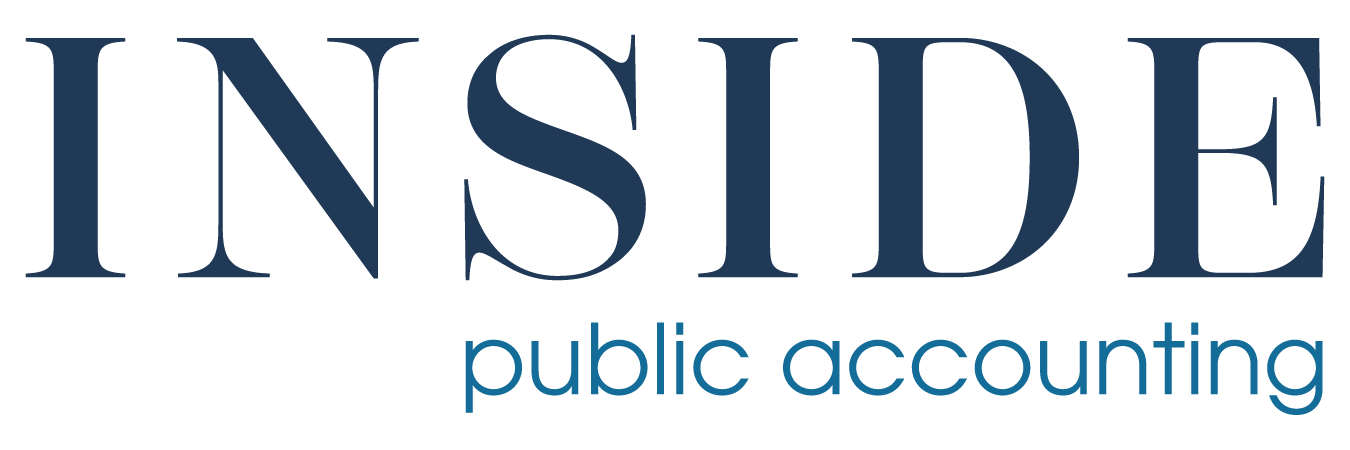(This article originally appeared in the February 2018 edition of INSIDE Public Accounting. To subscribe to INSIDE Public Accounting Monthly click here.)
If ever there was a time to talk about sexual harassment in the workplace, it’s now. So says Aon senior vice president Ken Kumor, who adds that some firms may be taking false comfort from the fact that they haven’t received any formal sexual harassment complaints.
Kumor says that 75% of sexual harassment occurrences go unreported, so no complaints “doesn’t mean it’s not happening.”
On the contrary, many victims believe their complaints won’t be taken seriously, that the issue will devolve into a he-said/she-said argument, that they won’t be believed, or worse, that they will face retaliation or lose their job, says Kumor who leads Aon’s team of risk advisers and insurance brokers for regional and national accounting firms.
Kumor’s assertions are backed up by a task force of the U.S. Equal Employment Opportunity Commission (EEOC). “The least common response to harassment is to take some formal action – either to report the harassment internally or file a formal legal complaint,” says a 2016 study on workplace harassment. The most common reactions are to “avoid the harasser, deny or downplay the gravity of the situation, or attempt to ignore, forget or endure the behavior.”
Perhaps, then, it’s no surprise that workplace harassment continues to be prevalent. Nearly one-third of the roughly 90,000 charges received by the EEOC in 2015 contained allegations of workplace harassment, the study said.
The profession may begin to see an increase in sexual harassment reports in the current cultural climate, where women are encouraged to speak out, Kumor says. The #MeToo movement started in October with shocking revelations of sexual misconduct in Hollywood. Victims became empowered to tell their stories, and accusations and firings of prominent media figures followed nearly daily. More recently, 300 prominent women in entertainment launched the Time’s Up initiative to fight sexual misconduct across the country.
ConvergenceCoaching’s Jennifer Wilson, an IPA Most Recommended Consultant, does not believe harassment within the profession is widespread. In her travels around the country, she finds gender bias to be much more common. And bias, she says, can lead to harassment.
People naturally gravitate to those who are like them, and an internal, negative dialogue about “others” may be going on unconsciously. Unconscious bias is one reason why Wilson is wary of the word intangibles when it’s used as a performance criterion. “I fear sometimes intangibles means, ‘you know, he’s a lot like me, and she’s not.’ ”
Focused training/education can help professionals understand unconscious biases, recognize them and correct the story they tell themselves about people who are different, Wilson says. “There’s no doubt that bias exists, but it doesn’t exist in all firms,” she says.
Kumor says that while most firms are fairly sophisticated about putting together sexual harassment policies and procedures, they may not be up-to-date, and training needs to include specific examples of banned behaviors and the consequences.
“This might be the time to really sit back and say, ‘We need to make these policies more current with today’s working world, so people understand we take these situations seriously.’ ” Fear of the consequences is the biggest deterrent to sexual harassment, he says.
The EEOC harassment task force says typical corporate sexual harassment training isn’t particularly effective – imagine a PowerPoint presentation filled with warnings about liability. The task force recommended customized, more interactive training involving role-playing, and that companies explore “bystander intervention training,” so those who witness harassment will have the tools to intervene.
To earn confidence of staff that violations will be handled appropriately, sensitive and possibly awkward conversations will be necessary. While it’s uncomfortable, it’s a must. Wilson says she’s encountered both men and women who won’t meet alone over lunch or coffee with a staff member of the opposite sex.
Clear communication about the intention of the meeting can clear up any questions about motives. (“I want to invite you to a business lunch to discuss ways that we can collaborate professionally,” for example.) And if one professional is uncomfortable about extending a solo lunch invite, just be fair about it, Wilson says. Always take two women to lunch or two men, but don’t avoid women (or men) completely.
In the end, creating a fair workplace is about much more than having the right policy in place, it’s about the core values of the firm, Wilson says. “If you’re committed to fairness, then this is a conversation that has to happen regularly.”
Wilson, who had just spoken at a high school leadership program, says the teenagers said that great leaders are those who encourage and engage others, listen, express a vision and are servant-minded. The No. 1 attribute in a leader, however, was one who “doesn’t act above others.”
“This is where the puck is headed, and this is why firms need to update their values,” Wilson says. “Inclusion, diversity and fairness are more important to young people, and that’s why ‘time’s up.”
It’s unclear whether #MeToo and Time’s Up represent a moment in time or a cultural movement that leads to lasting change. However, heightened awareness of workplace harassment presents a timely opportunity for firms to improve the environment in which their employees work.
